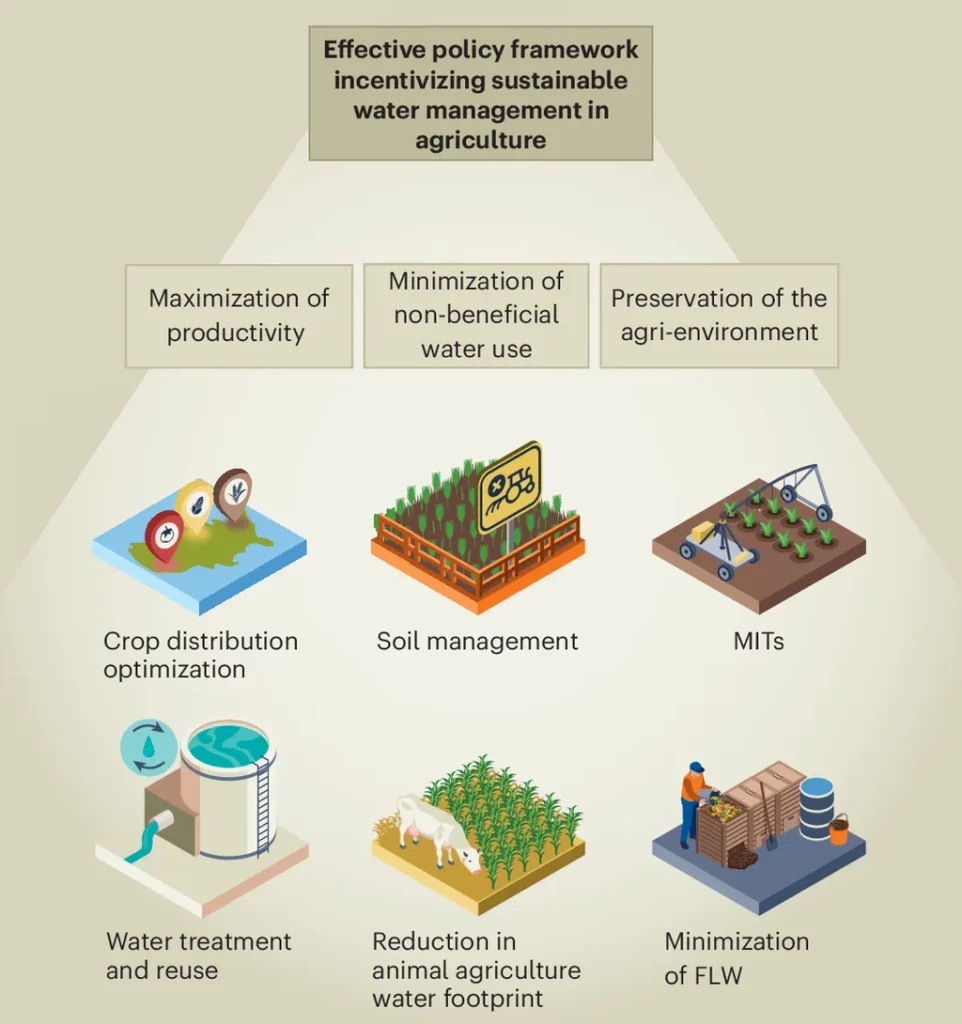In the arid expanse at the western foot of Helan Mountain, a silent crisis is unfolding beneath the surface. Saline soils, driven by a mix of natural and human-induced factors, are threatening agricultural productivity and ecosystem health in this critical region. A recent study, led by WANG Kai from the College of Water Resources and Architectural Engineering at Northwest A&F University and the China Institute of Water Resources and Hydropower Research, delves into the heart of this issue, offering a roadmap for sustainable management.
The research, published in ‘Guan’gai paishui xuebao’ (translated to English as ‘Journal of Glaciology and Geo-cryology’), focuses on two key areas: Yaoba Oasis, which relies on groundwater for irrigation, and the Luanjingtan Yellow River Irrigation Area. Both regions are grappling with soil salinization, but the causes and dynamics differ significantly.
In Yaoba Oasis, the problem is exacerbated by improper irrigation practices and excessive groundwater extraction. “High evaporation rates and elevated salt content in the soil parent material are the primary drivers,” explains WANG Kai. “But human activities, such as inefficient irrigation and cropping patterns, are intensifying the issue.”
Meanwhile, in the Luanjingtan Yellow River Irrigation Area, early flood irrigation combined with soil moisture leakage has led to salinization in downstream regions. Even areas practicing drip irrigation face risks of secondary salinization due to inadequate leaching and field drainage.
The study’s findings have significant implications for the agricultural and energy sectors. Soil salinization can lead to reduced crop yields, increased input costs, and ultimately, economic losses. For the energy sector, which often relies on agricultural byproducts for biofuels, this could mean a potential disruption in supply chains.
To tackle these challenges, the researchers recommend a multi-pronged approach. This includes implementing water-saving irrigation techniques, groundwater recharge projects, crop structure adjustments, and enhanced drainage systems. They also emphasize the need for tailored strategies that reflect the distinct salinization dynamics of each region.
“In Yaoba Oasis, we advocate for a coordinated groundwater management plan emphasizing ‘source replenishment and salt control’,” says WANG Kai. “In the Yellow River irrigation district, an integrated approach combining ‘water-saving irrigation, targeted salt leaching, and synchronized irrigation-drainage’ is crucial.”
The study underscores the complexity of soil salinization and the need for holistic, site-specific practices. It moves beyond conventional single-focus water management methods, paving the way for more sustainable and effective solutions.
As the world grapples with the impacts of climate change and increasing water scarcity, this research offers valuable insights for regions facing similar challenges. It highlights the importance of understanding local dynamics and adopting tailored strategies for sustainable land and water management. The findings could shape future developments in the field, driving innovation and fostering resilience in the face of environmental change.

